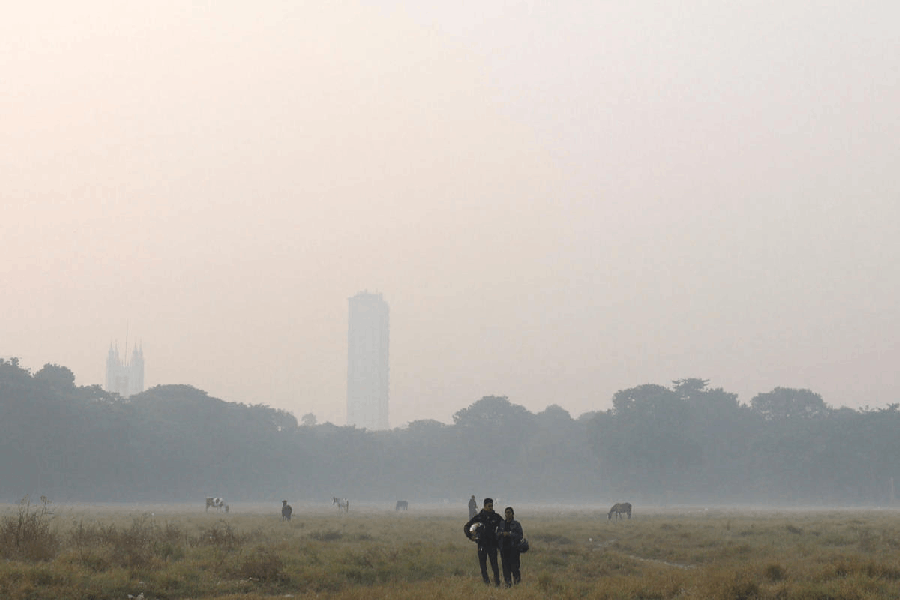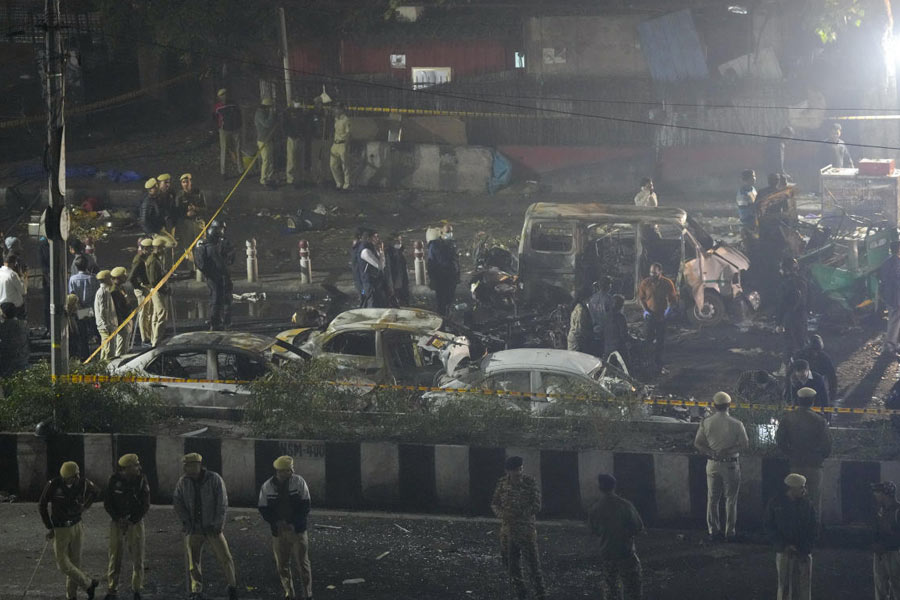July 27: The absence of heavy rain across north Bengal this year could be a reason for the spike in cases of suspected Japanese Encephalitis, some doctors have said.
Weather data show that the shortage of rain is as high as 800mm at some places in the region compared to previous year’s figures.
Adequate heavy rain is needed to drain out water accumulated in ponds, swamps, agricultural fields and sewage which are the breeding grounds of mosquito larvae in stagnant water pools.
“The rain water clears the accumulated water in ponds, swamps, drains and fields during the monsoon every year. The rainfall that often leads to the spillover of water from the water bodies helps wash away the mosquito larvae. This year, the rainfall has been less and that is why the accumulated water has remained in ponds and drains,” said Subir Sarkar, a professor of geography at North Bengal University.
The data from the India Meteorological Department show that there has been less rainfall in areas like Mainaguri, the adjoining Dhupguri, Jalpaiguri Sadar, Malbazar and Mathabhanga, the block where maximum cases of both JE and AES Acute Encephalitis Syndrome and Japanese Encephalitis have been reported.
While Jalpaiguri received 2,170mm rain from January 1 to July 25 in 2013, this year’s recording for the same period was 1,881mm, a shortage of 289mm.
The difference in the rainfall in Alipurduar is 835mm with the town receiving 2,238mm from January to July 25, 2013, and 1,403mm this year. The figures for the same period in 2013 and 2014 in Banarhat are 3,481mm and 2,645mm, respectively.
Since the last 15 days, Siliguri and Jalpaiguri have not got heavy rainfall.
An expert from the National Institute of Virology, Pune, and doctors from the School of Tropical Medicine, Calcutta, have said the accumulated water helps the breeding of mosquitoes.
“Water is being accumulated in agricultural fields and ponds and swamps which are used to ferment jute. Further, the drains, both in urban and rural areas, are clogged because of the absence of proper water flow. These are breeding grounds of mosquitoes,” said Sushanta Roy, a doctor based in Jalpaiguri.
JE is caused by Flavivirus and carried by the Culex mosquito. Most of the patients are being treated at North Bengal Medical College and Hospital, Siliguri.
The rain shortage has also left health officials worried over water contamination as doctors have expressed the doubt that many of those who died from AES might have fallen prey to an enterovirus outbreak, which is caused by contaminated water.
“Because of rainfall shortage, underground water and other water sources in rural areas have not been recharged with fresh water. When the weather remains dry, chances of water contamination increase,” said a health department official.
“Campaigns have begun to make people aware of the need to drink only purified water and abstain from using contaminated water. But a steady rainfall would have solved all problems,” he added.











